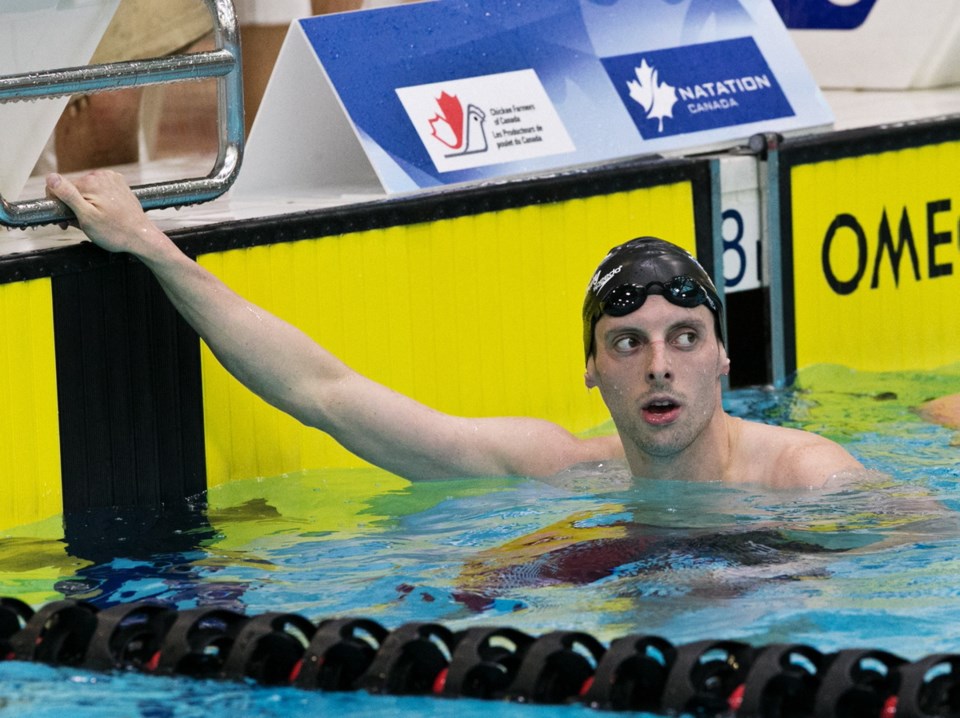The 1994 Victoria Commonwealth Games, a seminal event in the city’s history, opened 20 years ago Monday. The two-decade anniversary is being celebrated Saturday with a function on the grounds of the Pacific Institute for Sports Excellence at the Camosun Interurban campus.
Here is a look at the 15 best things that came out of the 1994 Games:
1. PISE: It’s fitting the reunion takes place at what is the greatest legacy of the Games. It’s no accident there were 48 Island-trained athletes at the 2012 London Summer Olympics who accounted for four medals. The sports-training legacy fund, still capitalized at $19 million, has helped turn Victoria into a key Canadian training centre for the Olympics, Commonwealth and Pan Am Games, and World Cups.
2. THE VOLUNTEER SPIRIT: It’s impossible to quantify what having nearly 15,000 people pulling for a common purpose does for the civic fabric of a community moving ahead.
3. CAN-DO ATTITUDE: Which led to Victoria hosting other tournaments such as the 2002 FIFA U-19 women’s and 2007 FIFA U-20 men’s World Cups in soccer, 2006 Skate Canada and two men’s world curling championships, among other events in both sports and the arts. But it’s beginning to lag, and one of the earlier columns in this series suggested it’s time to look for the Next Big Thing that doesn’t involve sewage.
4. SAANICH COMMONWEALTH PLACE: Out of it has come the likes of Olympic medallists Ryan Cochrane and Richard Weinberger in swimming, Simon Whitfield in triathlon, two-time Olympic diver Riley McCormick and recent Glasgow Commonwealth Games silver-medallist triathlete Kirsten Sweetland. Since 1994, SCP has also hosted the likes of Michael Phelps not to mention the thousands who have enjoyed it as a recreational facility. This was a shrewd catch by Saanich, as was the Athletes Village by UVic, which has used it as student dorms.
5. JUAN DE FUCA VELODROME: Velodromes always seem destined to be the white elephants of Games. The 1994 Games velodrome seemed to be following that path with an uncertain future until a recent series of twists which have kept it open for future generations of riders, such as 2012 London Olympics velodrome bronze-medallist Gillian Carleton.
6. NEW ARENA: Ha, just kidding. That was a blown opportunity, mostly by the City of Victoria. In the end, Games organizers had enough and decided the old Memorial Arena would suffice for 10 days of gymnastics. Save-on-Foods Memorial Centre came a decade after the Games, predictably again after much of the usual Victorian acrimony and hand-wringing.
7. CATHY FREEMAN: Six years after causing a firestorm of controversy by carrying both the Australian and aboriginal flags during her victory laps at Centennial Stadium, the brilliant reconciliation came when the track great was chosen to light the cauldron in the opening ceremonies to start the 2000 Sydney Summer Olympics.
8. DANIEL IGALI: If the wrestler didn’t bolt the Nigerian team during the 1994 Victoria Games, he wouldn’t have won gold for Canada at the 2000 Sydney Olympics, wrapping the Maple Leaf flag around his shoulders and kissing the mat in gratitude of his adoptive country, and the decision he made on another Games mat in Victoria six years previously.
9. KIERAN PERKINS: The Aussie swim great backed up his two Olympic gold medals with a world record in the 1,500 metres during the Victoria Games. Two-time 1,500-metre Olympic-medallist Cochrane, a product of Saanich Commonwealth Place, is a worthy heir to Perkins.
10. SOUTH AFRICA’S RETURN: The former pariah state was welcomed back into the Commonwealth Games at Victoria for the first time since Cardiff in 1958. It was a benchmark post-apartheid moment, both politically and athletically, when 800-metre runner Hezekiel Sepeng became the first black South African to win a Games medal. “I wanted to cry,” said Sepeng, who later won an Olympic medal.
11. THE MIRACLE MILERS RETURN: On the return of the Games to B.C. 40 years on, Roger Bannister of England and John Landy of Australia were invited by the organizers to be special ambassadors for the 1994 Victoria Games. The two true gentlemen, whose race at the 1954 Vancouver Games is the stuff of legend, were huge hits as they mingled with the crowds in Victoria during the 1994 Games.
12. THE BUDGET: How Victoria pulled this off for an almost-quaint $162 million already seems of another time and place. That wouldn’t buy a wrestling mat or shuttlecock these days. The budget for the 2015 Toronto Pan Am Games is $2.5 billion for a similar-level event.
13. DANNY BOY: When Northern Ireland team doctor Sean Donnelly jumped into the ring and grabbed the microphone unannounced for an impromptu version of the iconic Irish song during the medals ceremony, it reduced hardened West Belfast bouncer and 71-kilo gold-medallist boxer Jimmy Webb to tears as you could almost feel those green hills in the sweaty, sweltering confines of a jammed Archie Browning Sports Centre.
14. THE DOVE: Has anyone celebrated a silver medal as emotionally as Horace Dove-Edwin did on the Centennial Stadium track after placing second behind the mighty Olympic champion Linford Christie of England in the 100 metres? When it was discovered Dove-Edwin didn’t march in the opening because his impoverished team didn’t have a ceremonies outfit, there was a tremendous outpouring of charity from Islanders to the Sierra Leone team. OK, so the drug test that eventually scrubbed Dove-Edwin’s silver medal was not one of the best things to come out of the Games, but the story certainly was and remains a great, if cautionary, fable.
15. OLYMPIC CLOTHING: George Heller went from CEO of the Victoria Games to CEO of the Hudson’s Bay Company. Because of his Victoria experience, Heller became a big advocate for Canadian amateur athletes. Roots Olympic gear was all the rage, but you just knew when that deal was up, Heller would make it a priority for the Bay to land the rights to Canadian Olympic team clothing.
